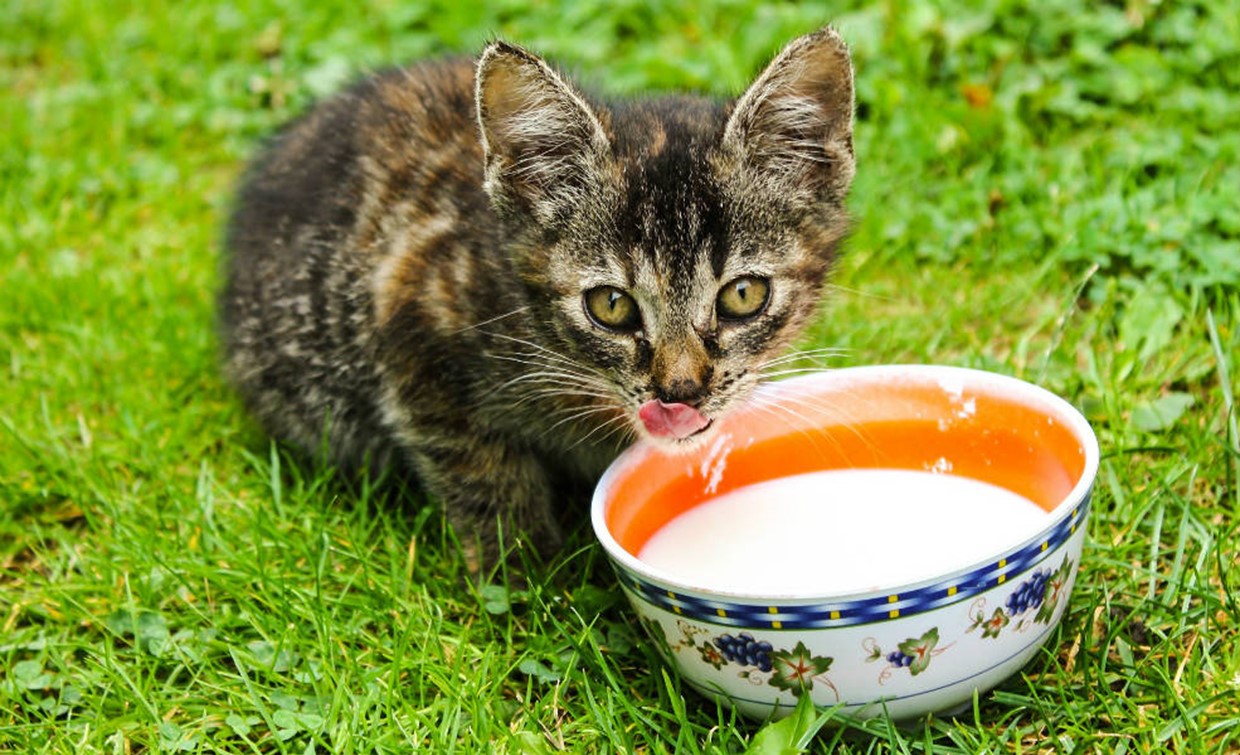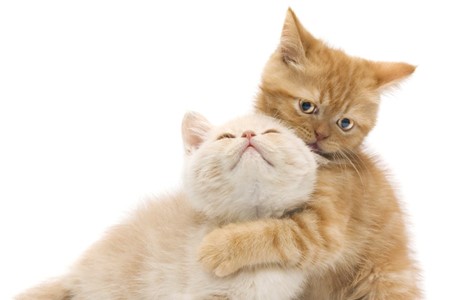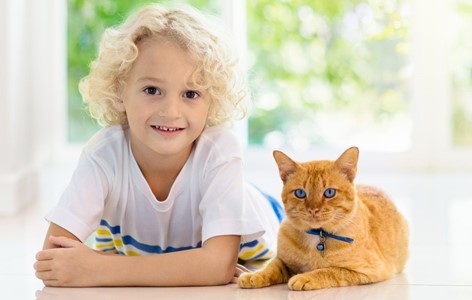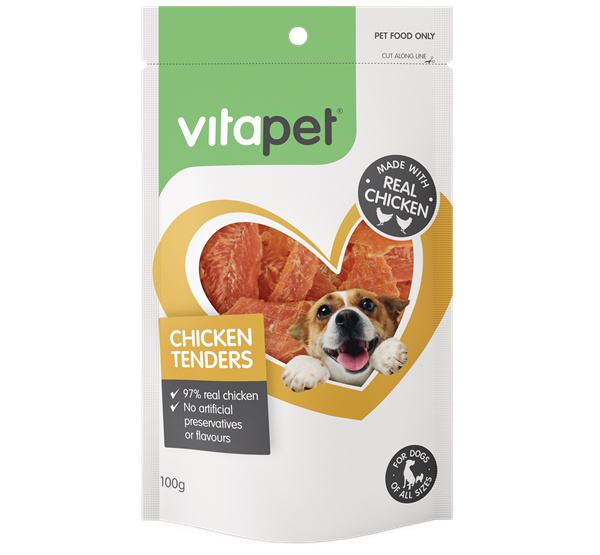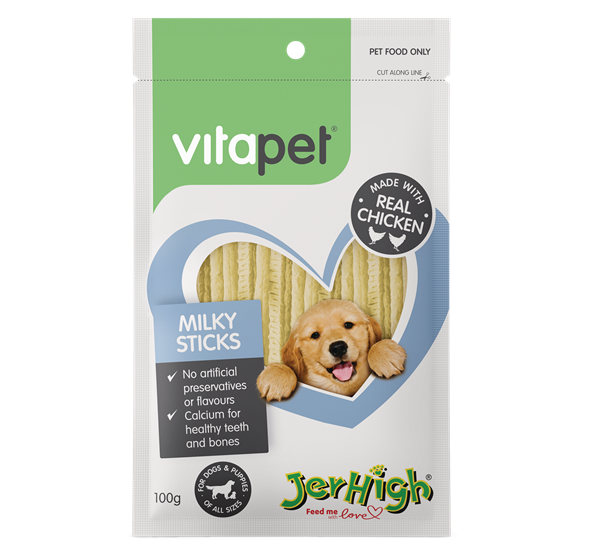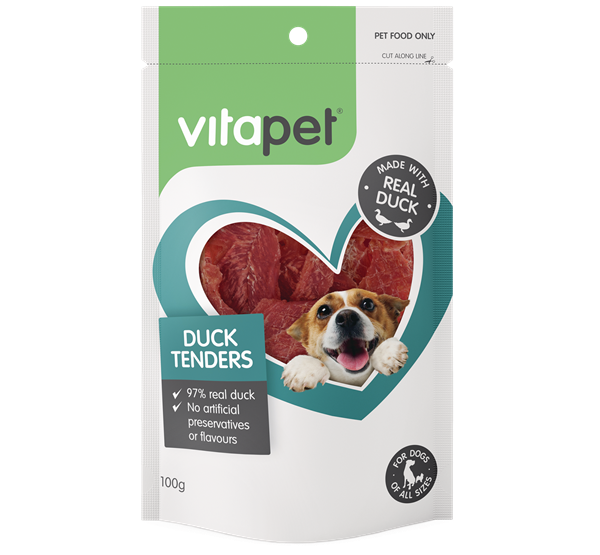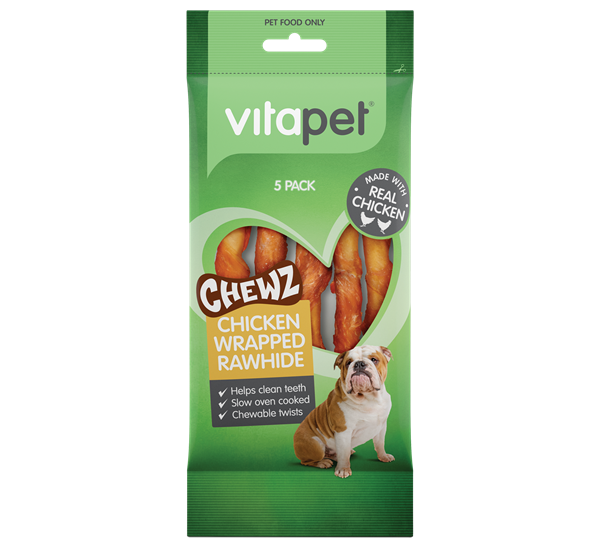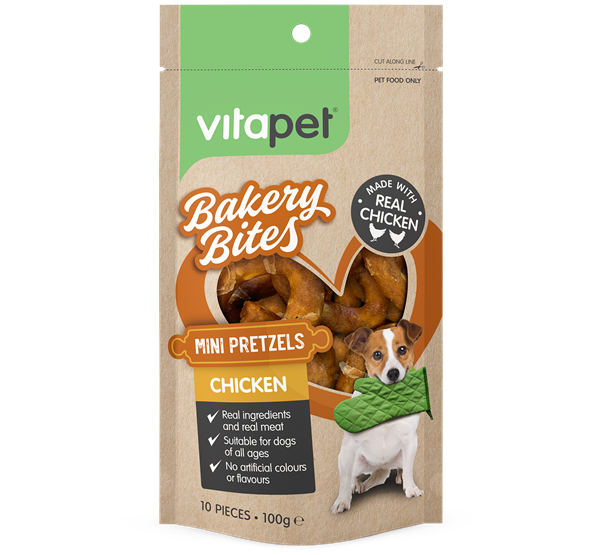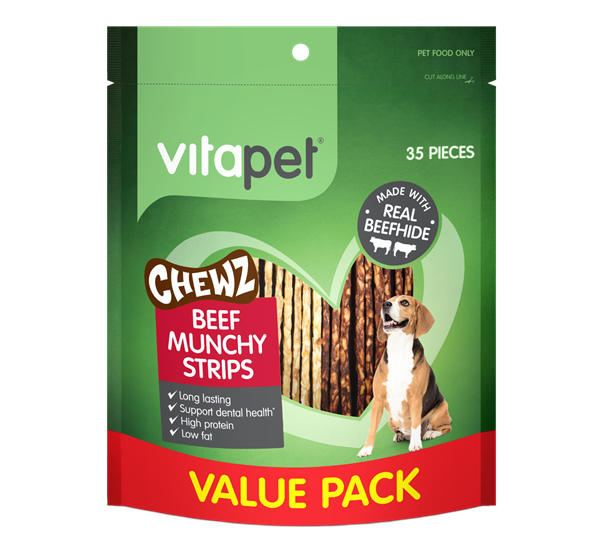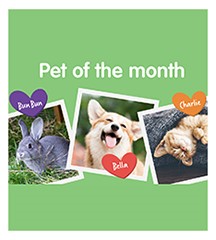There’s a common belief that our pets (particularly cats) love milk, perpetuated widely in fiction, and often reinforced by their willingness to have a drink whenever it’s available. So what’s the truth; is there any harm or benefit to feeding milk to our pets?
Let’s start by realising that not all milk is created equal, and that some milk products are better for your pet than others. The reasoning behind this comes back to our pets themselves, and our need to respect their bodies, particularly their ability to process milk products ‘at gut level’.
The digestive enzyme that the body uses to break down the sugars in milk (lactose) disappears in puppies and kittens after 5-7 weeks of age. This means that they’re unable to process lactose-containing milk after 2 months, and throughout their entire adulthood. That is, cats and dogs are actually lactose-intolerant. While a spot of milk may not cause immediate and severe adverse effects after 2 months, if cats and dogs drink a decent volume it is bound to cause upsets, seen to you as abnormal bowel habits and poorly formed stools. This intolerance is bad news for the digestive and absorptive functions of the gut, not to mention the discomfort to your pet, and should be avoided.
Also, let’s realise that there are major differences in the nutritional composition of the milks available to us. Cow’s milk is different to goat’s which is very different to soy and oat milks, which is then different in composition to the milk that comes from the mother cat or dog. Carbohydrate (sugar), fat and protein levels change between species, and whichever milk we choose to feed should take that into account, ideally delivering something that is consistent with the known ‘normal’ for that species, particularly in the growing kitten or puppy.
As we move beyond the weaning period and your pet moves from liquid to solid foods, we should always seek to balance their diets. This means feeding a complete and balanced ration, which gives them everything they need (about 40 different nutrients), and nothing they don’t. Many commercially available dry and wet diets are complete and balanced, and be sure to have a good look at the label to confirm this.
So, while what might be described as a ‘motherly instinct’ may kick in when we’re dealing with a young or sick cat or dog, let’s be wise not to reach for the milk in the fridge as a palatable pick-me-up. Instead, specially-formulated pet milk is the preferred choice every time, and VitaPet makes an easy-to-use bottle of New Zealand-made, lactose-free milk.
As your cat or dog grows up, specifically formulated pet milk can be used as we would a treat, to reward desired behaviour, with the added advantage of delivering water, which is important for overall hydration.
As a new and novel (liquid) format, with unique palatability characteristics pet milk may also assist voluntary ‘food’ intakes in sick, fussy or underweight pets, Often a few calories and the reminder that they can eat and drink is enough to encourage ill pets to take that next step, and return to eating healthy meals of canned and dry foods.
All considered, milk is good, bad and ugly, depending on the type and product you choose.
To ensure you’re getting the ‘good’, and truly reinforcing the bond you have with your pet, grab a lactose-free and species-appropriate milk, and feed it in moderation, as you would any other treat.











